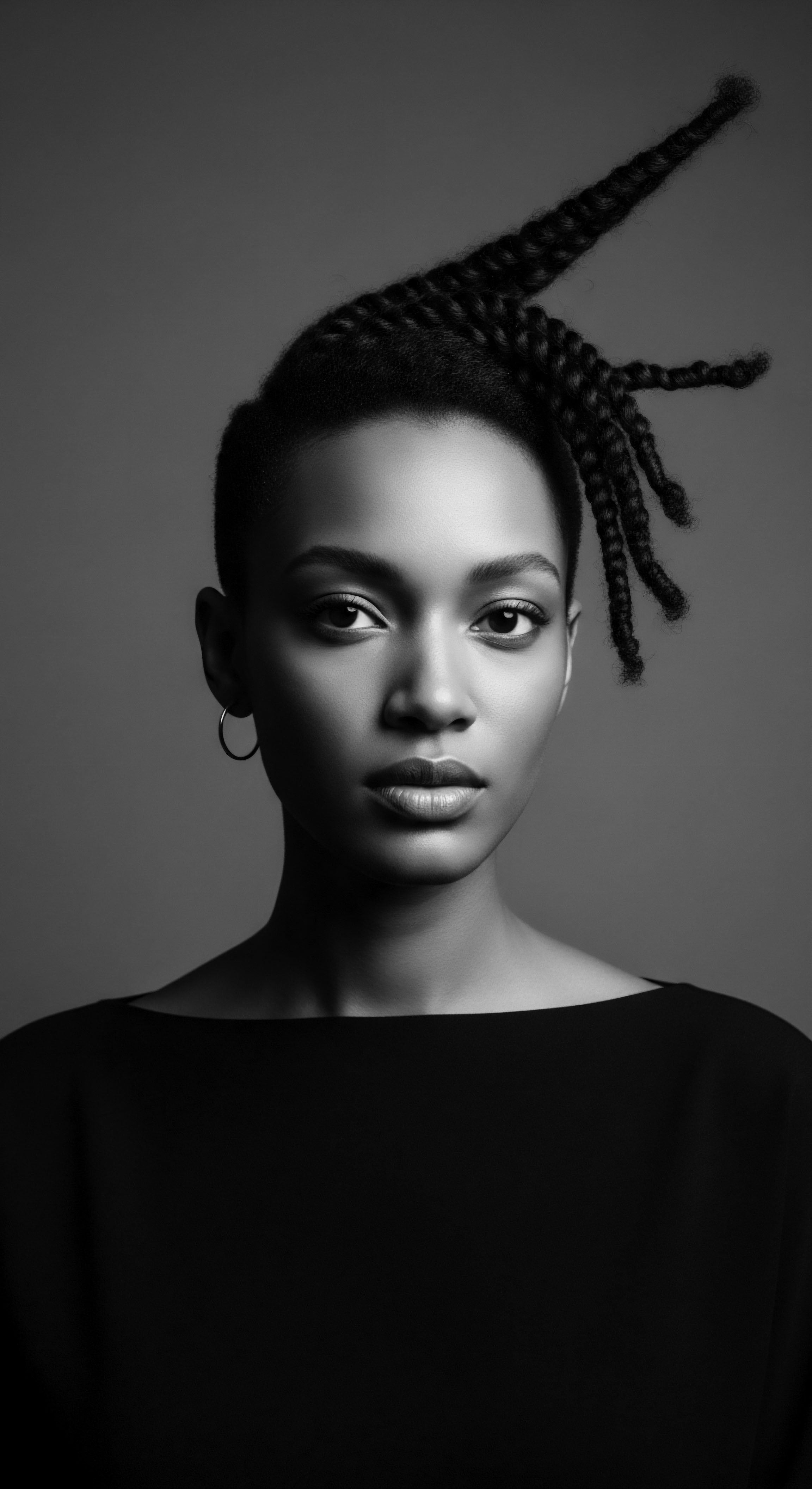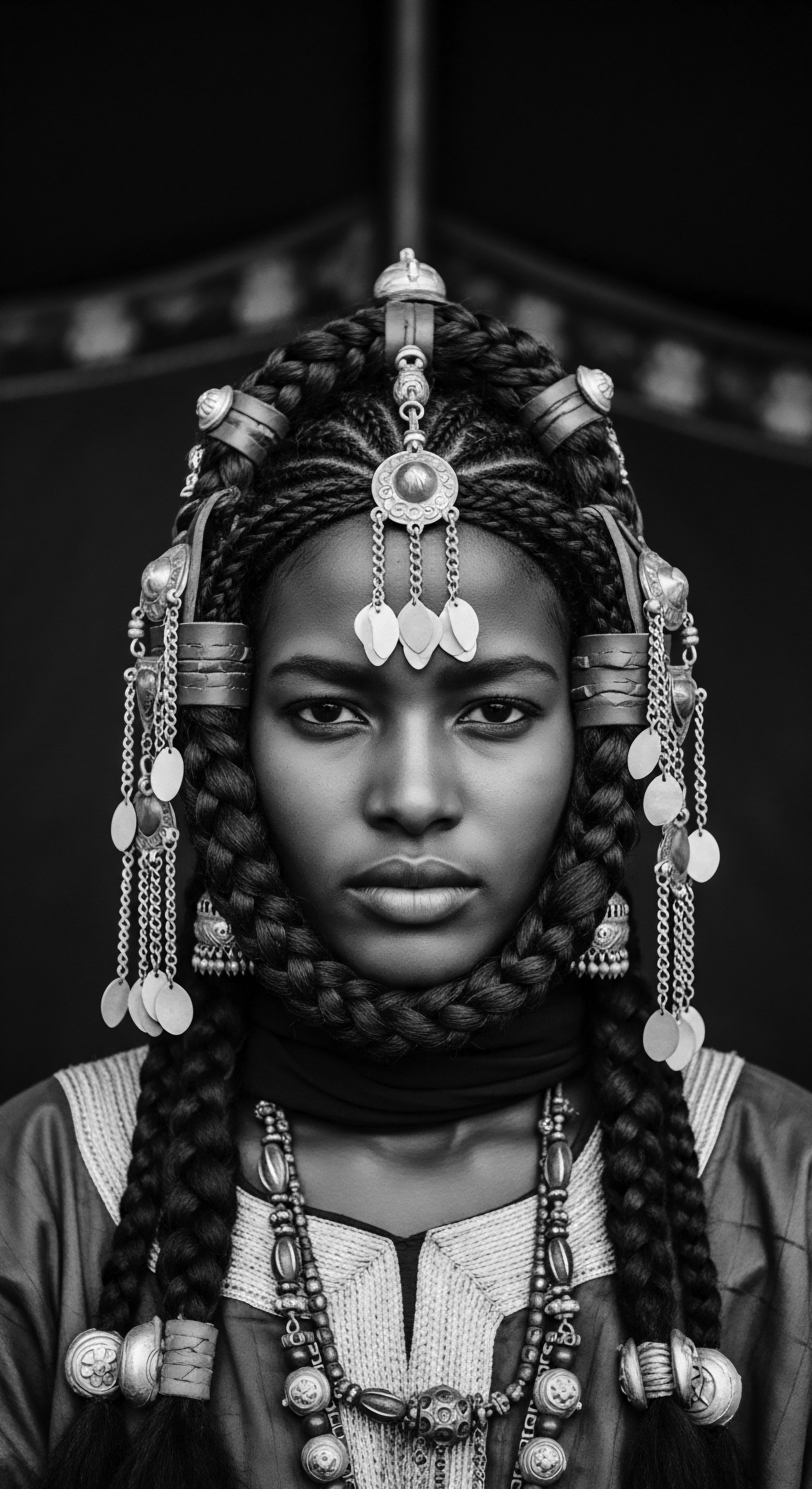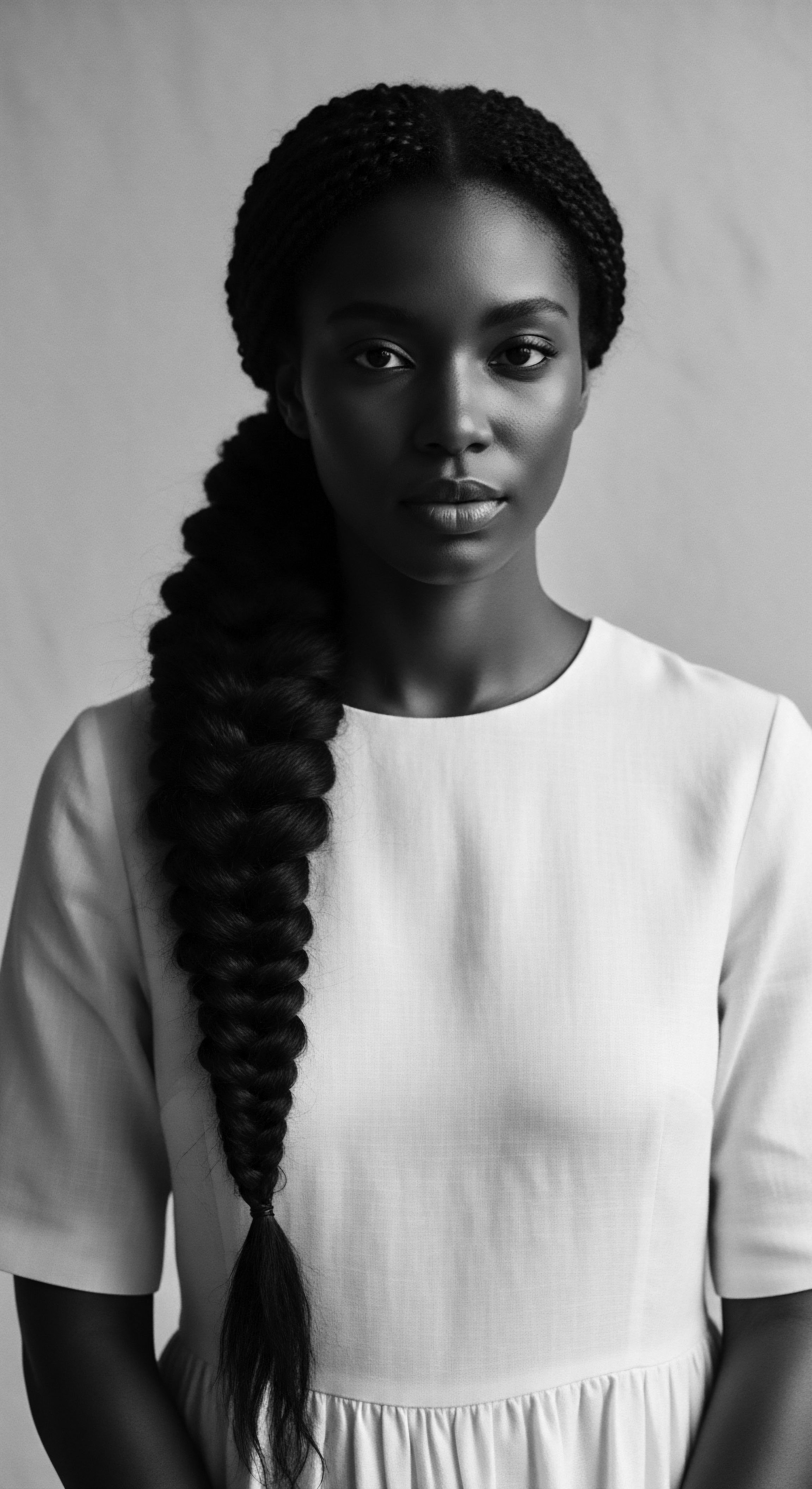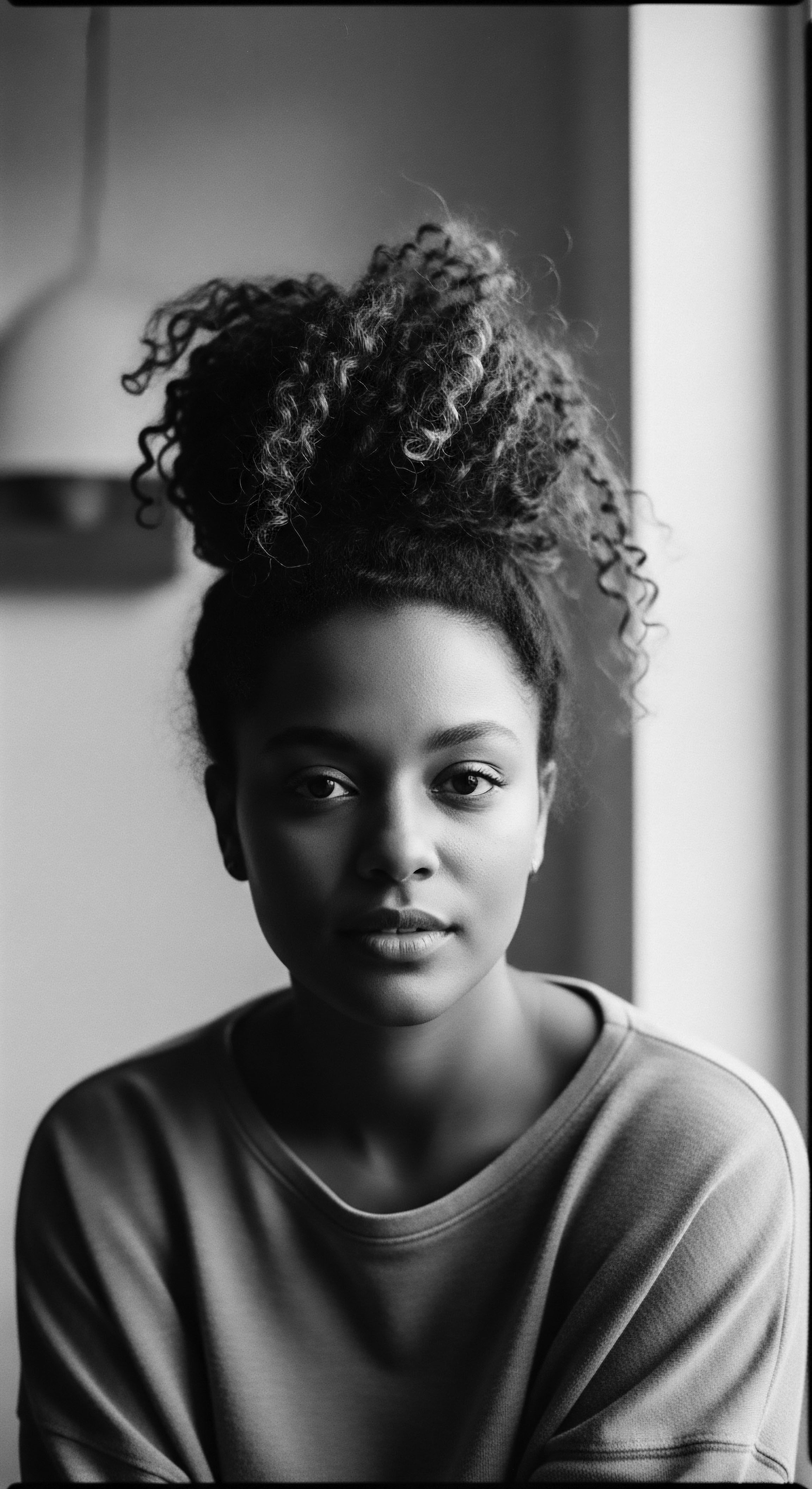
In what ways did historical textured hair practices build community?
Historical textured hair practices built community by facilitating shared rituals, transmitting cultural knowledge, and forging bonds of solidarity.

What is the historical meaning of textured hairstyles?
The historical meaning of textured hairstyles is rooted in ancestral identity, communal practice, and a powerful legacy of resilience.

Why did protective styles become common for textured hair?
Protective styles became common for textured hair due to a deep inherited understanding of its biological needs and as a resilient cultural expression.

What cultural meanings are found in textured hair styles?
Textured hair styles embody a profound connection to **heritage**, serving as a visual chronicle of identity, resistance, and ancestral wisdom.

How do historical styling practices relate to modern textured hair care?
Historical styling practices for textured hair are foundational, blending ancestral ingenuity with deep cultural meanings that continue to shape modern care.

How did historical hair care reflect cultural heritage?
Historical hair care practices, particularly for textured hair, reflect cultural heritage through communal rituals, symbolic styling, and acts of defiant self-expression.

What historical tools inform modern textured hair styling?
Historical hair tools, born of ancestral ingenuity, directly inform modern textured hair styling by providing foundational designs for detangling, shaping, and protecting diverse curl patterns.

How does hair connect to ancestral lineage?
Hair connects to ancestral lineage through its inherent biology, cultural practices, and enduring symbolism for textured hair heritage.

How did hair’s unique form shape Black identity and resilience?
Textured hair’s unique form shaped Black identity and resilience through ancestral practices, cultural communication, and steadfast defiance.

What enduring cultural meanings reside in Black hair heritage?
Black hair heritage embodies enduring cultural meanings, reflecting identity, resilience, and ancestral wisdom through its textured forms and care rituals.

In what ways does hair transmit Black and mixed-race heritage?
Hair transmits Black and mixed-race heritage through its diverse textures, ancestral styling traditions, and deep cultural meanings.

How do ancient African hair traditions connect to modern care?
Ancient African hair traditions provide a timeless foundation, linking cultural wisdom with contemporary care for textured hair heritage.

What historical practices inform the contemporary approach to textured hair care and identity?
Historical practices deeply inform contemporary textured hair care and identity, rooted in ancestral knowledge, resilience, and cultural continuity.

What is the historical significance of textured hair in diaspora?
Textured hair in the diaspora embodies a profound heritage of identity, resistance, and cultural continuity.

What historical significance does textured hair hold in diaspora communities?
Textured hair serves as a profound historical record, embodying resilience, identity, and a living heritage in diaspora communities.

Why is textured hair historically significant for identity?
Textured hair is a powerful symbol of identity, resilience, and cultural continuity rooted deeply in ancestral heritage.

How did textured hair influence identity in the diaspora?
Textured hair profoundly influenced diaspora identity by serving as a potent symbol of ancestral heritage, cultural defiance, and self-acceptance.

Can textured hair heritage be a source of community strength?
Textured hair heritage is a resilient source of community strength, connecting generations through shared cultural practices and ancestral pride.

How did styling practices convey identity in ancient societies?
Styling textured hair in ancient societies was a primary visual language of identity, heritage, and social standing.

What is the cultural background of textured hair styles?
Textured hair styles reflect a rich cultural heritage, signaling identity, status, and spirituality across generations.

How did historical oppression shape textured hair care?
Historical oppression profoundly shaped textured hair care by forcing adaptation, fostering communal wisdom, and elevating hair as a vital cultural heritage marker.

How did styling tools connect to ancestral hair heritage?
Styling tools connect to heritage by manifesting ancestral knowledge, preserving cultural identity, and facilitating communal care practices for textured hair.

